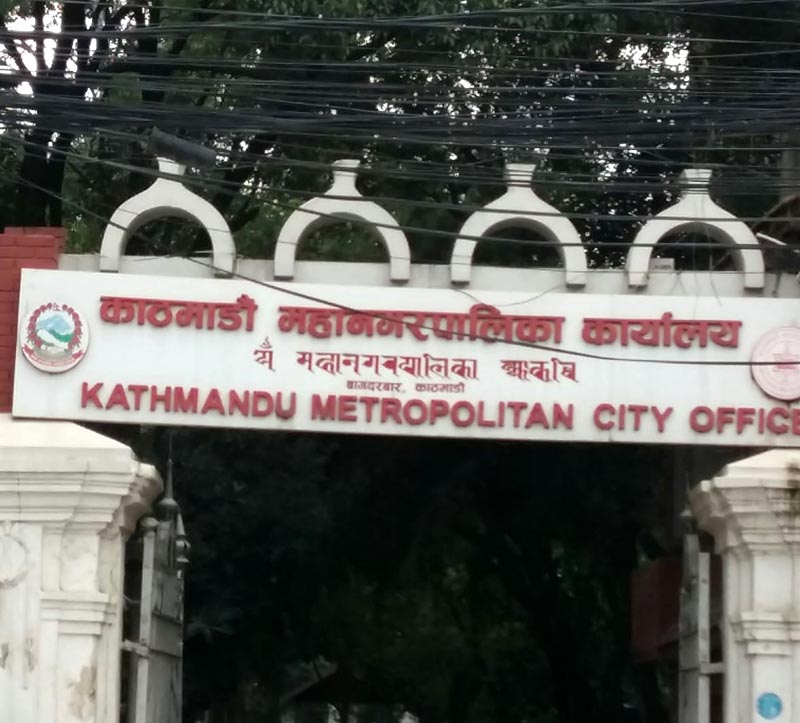KMC develops 20 designs for public toilets
Kathmandu, November 19
Kathmandu Metropolitan City has prepared 20 designs of public toilets to be constructed within the capital city.
Speaking at a programme organised to mark the seventh World Toilet Day-2019 in Kathmandu today, Vice-chairperson of the KMC Urban Planning Commission Saroj Basent said any of the designs could be used for the construction of public toilets depending on location, budget available and requirement.
The designs allow one to three persons to answer the nature’s call at a time. They also envision attached bathroom, accessible for all. Construction of public toilets designed by KMC costs between Rs 1.5 million to Rs 10 million.
Objective of the celebration was to inspire action to tackle global sanitation crisis and help achieve Sustainable Development Goal-6, which promises sanitation for all by 2030. Poor sanitation in existing public toilets in urban areas have deprived people of toilet facility. Currently, the metropolis has 62 public toilets, out of which only 28 are usable while the rest are in need of repair.
Member-secretary of the National Sanitation and Coordination Committee Devendra Jha warned that an average of 14,000 children below five years of age had been dying every year due to lack of proper sanitation in Nepal.
“The need of urban areas like Kathmandu is inclusive and accessible public toilets, which can be used by mobile population,” he said. Country Director of WaterAid Nepal Tripti Rai stressed the need to build safe and women-friendly public toilets.
Former environment minister Ganesh Shah suggested that fecal sludge management would be more important for environment cleanliness after construction of public toilets. KMC had also organised a rally to mark the day, this morning. Various organisations participated in the programme.
A study jointly conducted by KMC, Lalitpur Metropolitan City, Kirtipur Municipality and Madhyapur Thimi Municipality in March revealed that public toilets in Kathmandu were not clean, lacked access to adequate water, had poor infrastructure and did not meet the need of women and people with disabilities.
There was approximately only one public toilet for every 64,000 residents in the valley, according to the study report.






